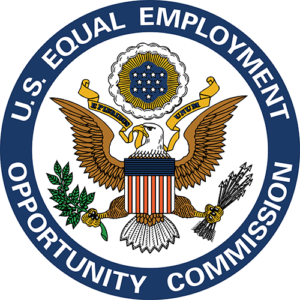
When dealing with workplace conduct, context is everything. Recently, the Eleventh Circuit affirmed dismissal of a race-based retaliation claim, even though a supervisor called an African-American employee “boy.”
At the outset, let me stress that employees should be strongly discouraged from using the term “boy” in the workplace. This term has created a very difficult area of the law. “[T]he use of the word ‘boy,’ when directed by a non–African American to an African–American, is potentially racially hostile.” Craig v. Alabama Power Co., 2010 WL 11561855 (N.D. Ala. Sep. 21, 2010). Even so, the Supreme Court has explained that a supervisor referring to an African–American plaintiff as “boy” “will not always be evidence of racial animus” and that such factors as “context, inflection, tone of voice, local custom, and historical usage” are consulted to assess whether it is evidence of discriminatory animus in a particular case. Ash v. Tyson Foods, Inc., 546 U.S. 454, 456, 126 S.Ct. 1195, 163 L.Ed.2d 1053 (2006).
The importance of context is evident in the Eleventh Circuit’s recent decision in Bell v. City of Auburn, No. 17-11597, 2018 WL 388484 (11th Cir. Jan. 12, 2018). In Bell, Shawn Bell claimed that the was terminated in retaliation for complaining to human resources that his supervisor called him “boy.” But, Mr. Bell was required to give deposition testimony as part of his law suit. During that deposition, Mr. Bell said that “the comment discredited his manhood, that he was a man, and that he did not think a man should talk to another man like that.” When asked if the supervisor was “being racial” when he called him boy, Bell answered: “No.”
To succeed on a retaliation claim, Mr. Bell was required to show that he subjectively believed that he was reporting racial discrimination when he complained to human resources. But, the Eleventh Circuit found that Mr. Bell’s own testimony demonstrated that he did not possess such a subjective belief. Instead of believing that the term insulted his race, Mr. Bell believed it insulted his manhood.
The City of Auburn may have dodged a bullet in the Bell case. To avoid these types of issues, I strongly recommend that employers discourage the use of the term “boy” in the workplace.








